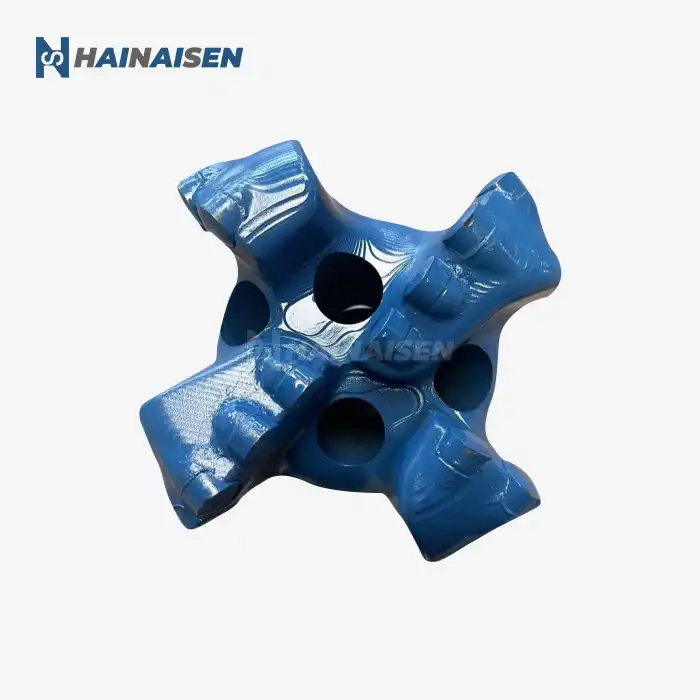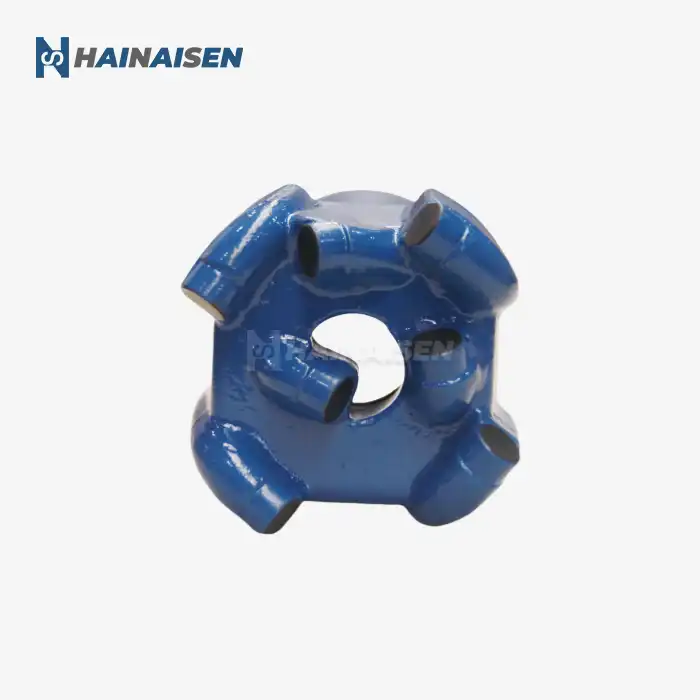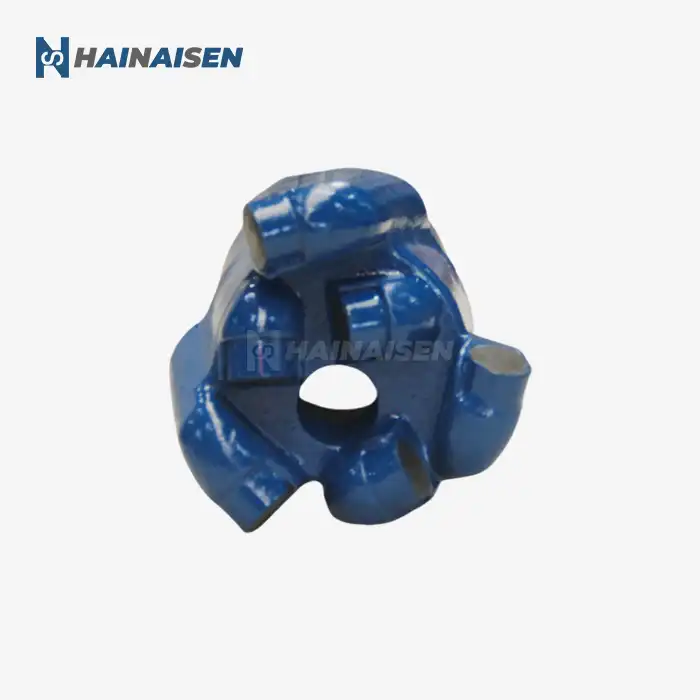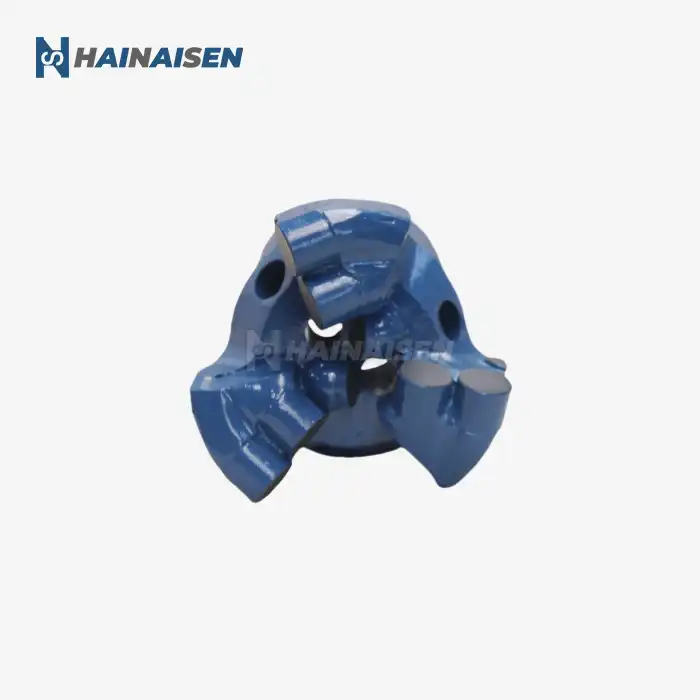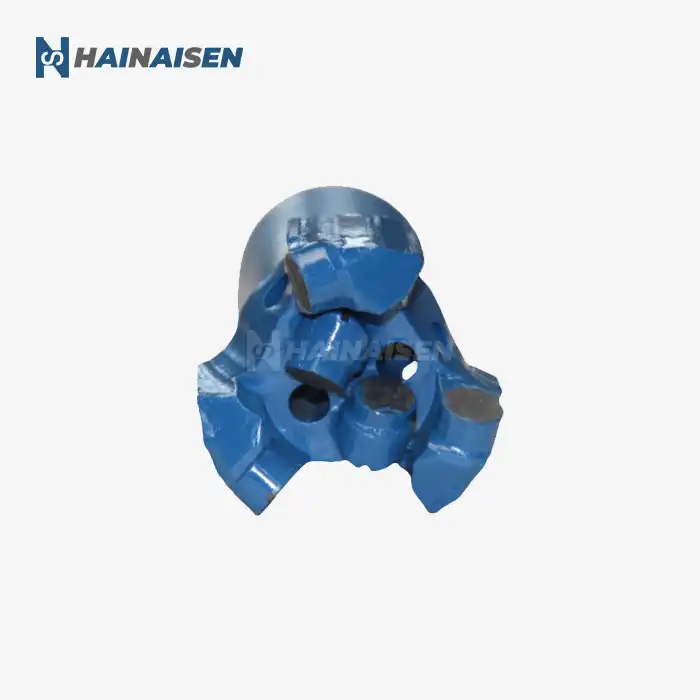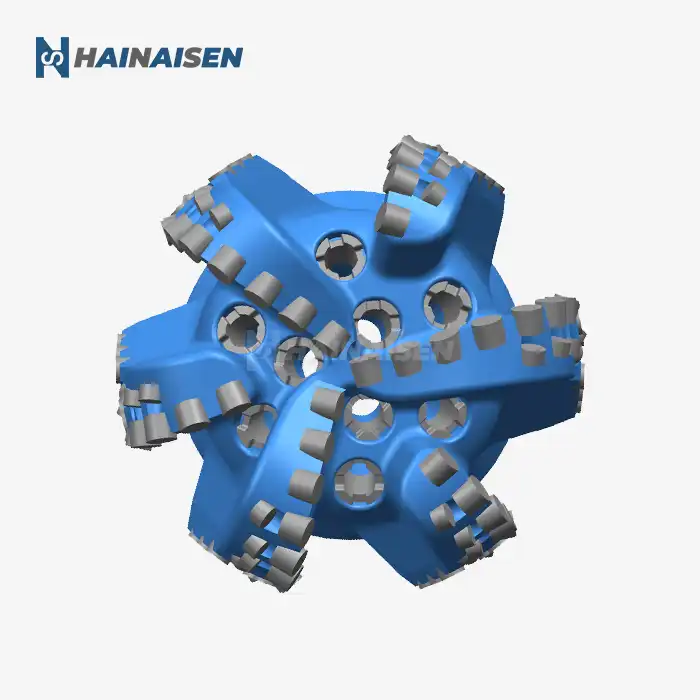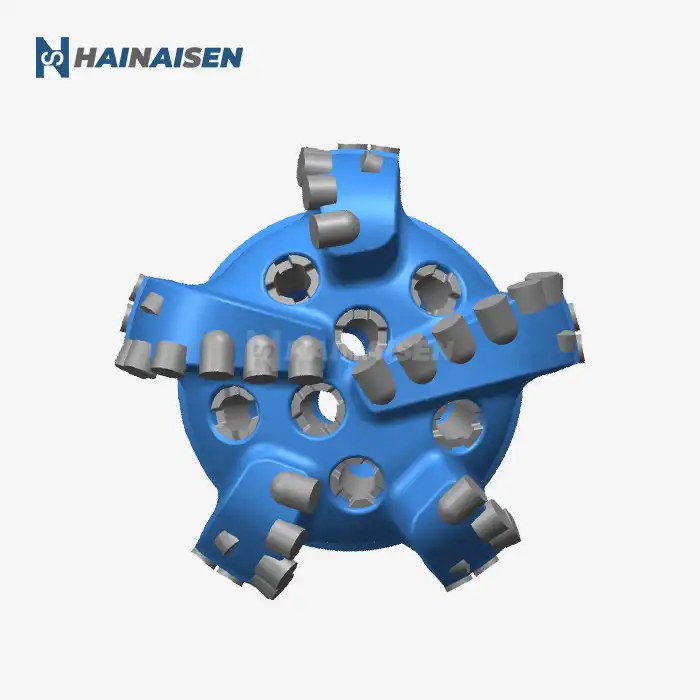Optimizing Blade Geometry: Impact on Drilling Efficiency
The overall performance and drilling efficiency of a 4 Wings Blades PDC Bit are greatly affected by its blade geometry. The bit's cutting action, stability, and hydraulic performance may be greatly improved by engineers meticulously crafting the blade shape and profile.
Blade Shape Considerations
Optimal cutting action and structural integrity are achieved by the painstaking engineering of the blade form on a four-wing PDC bit. Bits with spiral or curved blades are more likely to successfully contact formations. Bit whirl is less likely to occur and overall stability is improved during drilling operations due to this curvature's ability to provide a more gradual and controlled cutting action.
Profile Optimization
Another important part of the design of the 4 Wings Blades PDC Bit is its profile. To minimize the possibility of bit balling and maximize rock removal efficiency, it is important to tailor the bit's profile so that it stays in constant contact with the formation. A bit with a tapered or stepped shape may successfully penetrate the formation with little vibration and good directional control, striking a balance between aggression and stability.
Hydraulic Considerations
The bit's hydraulic performance is heavily influenced by the geometry of the blade. Engineers can maximize fluid flow over the bit face by meticulously designing the blades and integrating strategically positioned nozzles. Cuttings are efficiently removed, bit balling is prevented, and overall drilling efficiency is improved by keeping the cutters clean and engaged with new formation material, all thanks to this improved hydraulic design.
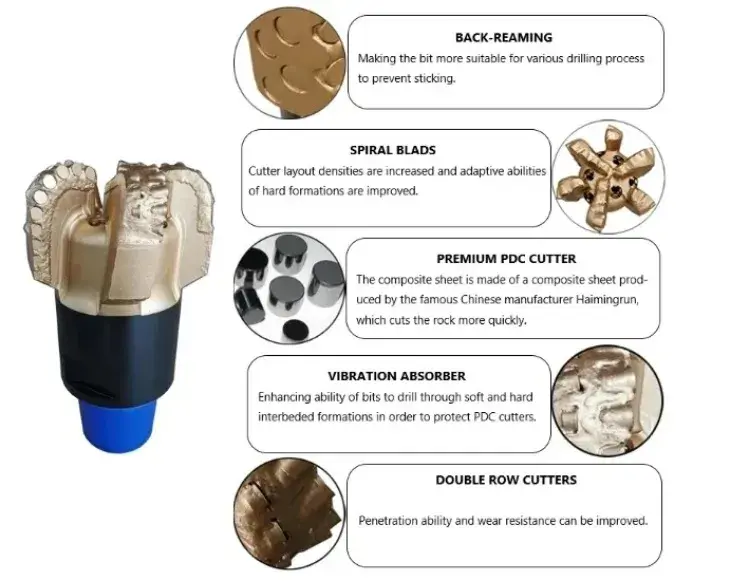
Cutter Placement Strategies for Enhanced Rock Removal
To maximize cutting efficiency and provide consistent wear over the bit face, the cutters on a 4 Wings Blades PDC Bit must be strategically placed. Engineers may create bits that work well in different formations and under different drilling circumstances by thinking about things like cutter density, placement, and orientation.
Cutter Density and Distribution
The density and distribution of cutters across the bit face significantly impact its cutting efficiency and durability. A higher cutter density generally results in more aggressive cutting action but may lead to increased torque requirements and potential instability. Conversely, a lower cutter density can provide improved stability but may reduce the rate of penetration. Engineers must strike a balance between these factors, often varying the cutter density across different regions of the bit face to optimize performance.
Cutter Positioning
If you want your cutters to cut well and prevent wear, you need to position them precisely on the surface of the blade of a 4 Wings Blades PDC Bit. To make that every cutter engages the formation at the right depth of cut, they are usually placed in a pattern. Because the cutting pressure is distributed evenly over the bit face, the bit wears uniformly and lasts longer thanks to this precise arrangement.
Cutter Orientation
The cutting effectiveness and longevity of individual cutters are greatly affected by their orientation. Engineers may fine-tune the bit's aggressiveness and stability by altering the cutters' back rake and side rake angles. For better stability and longevity, go with a steeper rear rake angle; for a more aggressive cut, go with a shallower angle. In order to accommodate differences in cutting dynamics and formation properties, the ideal cutter orientation might change over various areas of the bit face.
Balancing Stability and Aggressiveness in 4-Wing Design
Achieving the right balance between stability and aggressiveness is a key consideration in the design of a 4 Wings Blades PDC Bit factory. This balance is crucial for maintaining efficient drilling operations while minimizing the risk of bit damage and ensuring directional control.
Blade Spacing and Symmetry
The bit's stability and cutting motion are greatly affected by the spacing and symmetry of the four blades. Bit whirl is less likely to occur and rotation is made easier with evenly spaced blades because cutting forces are distributed uniformly around the bit. To improve the bit's directional drilling capabilities or to maximize its performance in certain formation types, small asymmetries in blade location can occasionally be purposely introduced.
Gauge Pad Design
Ensuring directional stability and sustaining borehole quality are two of the most important aspects of a 4 Wings Blades PDC Bit's gauge pad design. Engineers can design a bit with sufficient lateral stability for effective drilling operations by meticulously designing the gauge pads and using wear-resistant materials. This bit will keep the borehole diameter constant. To achieve an optimal balance between forceful cutting action and greater directional control, the gauge pads may be adjusted in length and shape.
Dynamic Stability Considerations
The optimal operation of a 4 Wings Blades PDC Bit relies on maintaining dynamic stability during drilling. For this, you have to think about things like the bit's reaction to different drilling settings, the moment of inertia, and the distribution of mass. By honing these details, engineers may build a bit that doesn't wobble in any operating situation, which means less vibrations and more reliable cutting.
Customization for Specific Applications
The 4 Wings Blades PDC Bit's adaptability stems in large part from its design, which can be altered to suit a variety of uses. Bits may be fine-tuned to suit various formation types and drilling conditions by engineers modifying elements including blade shape, cutter location, and material choices. The flexibility to personalize makes it possible for operators to obtain the best possible drilling efficiency and bit life in various applications.
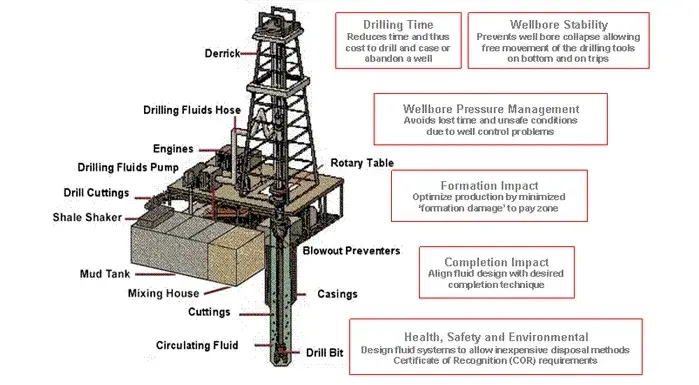
Conclusion
There is a high level of fusion between traditional technical ideas and current creative practices in the 4 Wings Blades PDC Bit. This one-of-a-kind bit design works better in many drilling jobs because it carefully adjusts the blade shape, places the cutters strategically, and strikes a good balance between stability and aggression. The 4 Wings Blades PDC Bit is a reliable and flexible tool that can handle the needs of modern drilling operations, which are becoming more popular as people look for cheaper and more effective drilling solutions.
Do you want to get the most out of your drilling by using the latest PDC bit technology? Shaanxi Hainaisen Petroleum Technology Co., Ltd. is an expert in researching, designing, and making high-tech drilling tools, such as our 4 Wings Blades PDC Bit. We're dedicated to giving you high-quality goods that are perfectly suited to your needs. Our state-of-the-art 3,500m² building has modern production workshops and cutting-edge processing tools. Whether you work in coal mining, oil and gas production, or geological mapping, our R&D team is ready to make solutions that are specific to your drilling needs. Don't settle for subpar drilling performance – contact us today at hainaisen@hnsdrillbit.com to discover how our 4 Wings Blades PDC Bit can revolutionize your drilling operations.
References
1. Chen, J., & Wang, H. (2020). Advances in PDC bit design for optimized drilling efficiency. Journal of Petroleum Science and Engineering, 185, 106653.
2. Smith, R. A., & Jones, T. B. (2019). Cutter layout optimization for PDC bits in various formation types. SPE Drilling & Completion, 34(02), 145-158.
3. Williams, K., & Brown, L. (2021). Balancing stability and aggressiveness in modern PDC bit designs. Petroleum Engineering International, 56(4), 72-85.
4. Garcia, M., & Lee, S. (2018). Hydraulic optimization of PDC bits for enhanced cuttings removal. Journal of Energy Resources Technology, 140(12), 122903.
5. Thompson, E., & Davis, R. (2022). Customization strategies for PDC bits in challenging drilling environments. SPE Drilling & Completion, 37(01), 23-36.
6. Wilson, P., & Anderson, C. (2023). Advanced materials and manufacturing techniques for PDC bit production. Materials Science and Engineering: A, 845, 143256.



